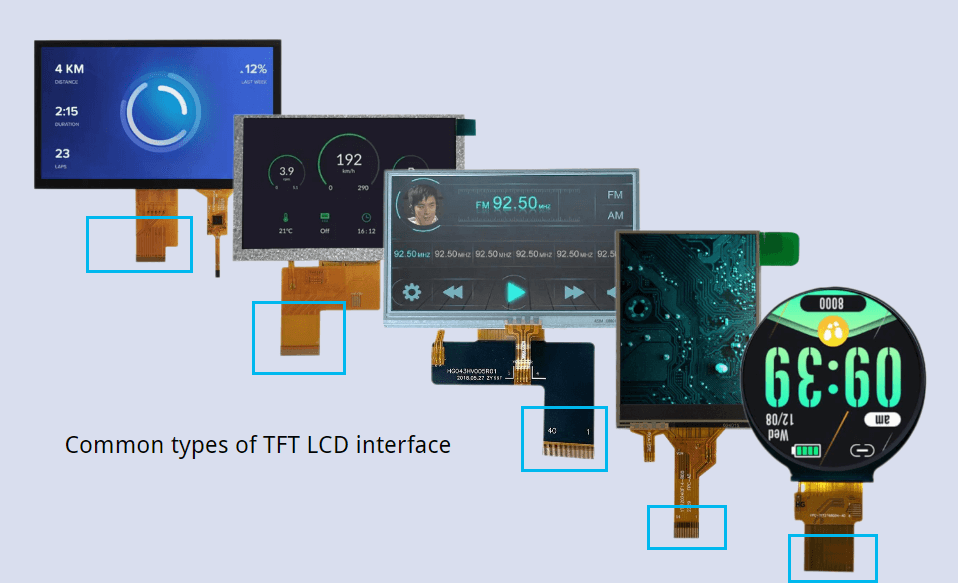
TFT LCD interfaces refer to the different types of interfaces that can be used to connect a TFT LCD display to a host device such as a microcontroller, FPGA, or processor.
These interfaces are used to transfer data, control signals, and power between the display and the host device.
According to the driving and control mode of TFT-LCD, the main signal input interface types of TFT LCD are MCU (also known as MPU), SPI, TTL (also known as RGB), LVDS, DSI (also known as MIPI), and EDP.
Each of these interfaces has its advantages and disadvantages, and the choice of interface depends on the application requirements, cost, and performance.
The following article will introduce these common display interfaces in detail.
MCU (Microcontroller Unit) interface
MCU interface uses a parallel bus to transfer data, control, and power signals between the display and the host device.
It is commonly used in low-end applications, such as smartwatches, calculators, and small appliances.
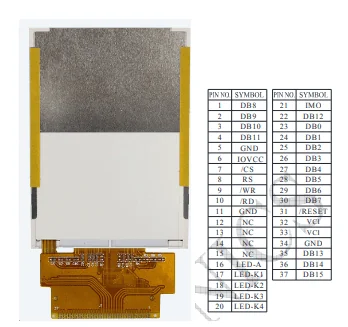
Advantages
- Simple and low-cost interface.
- Low power consumption.
- Easy to implement.
Disadvantages
- Limited bandwidth and color depth.
- Limited resolution.
- Limited compatibility with advanced features like touchscreens and advanced graphics.
SPI (Serial Peripheral Interface) interface
SPI interface uses a serial bus to transfer data, control, and power signals between the display and the host device.
It is commonly used in low-end applications, such as IoT devices, sensors, and wearables.
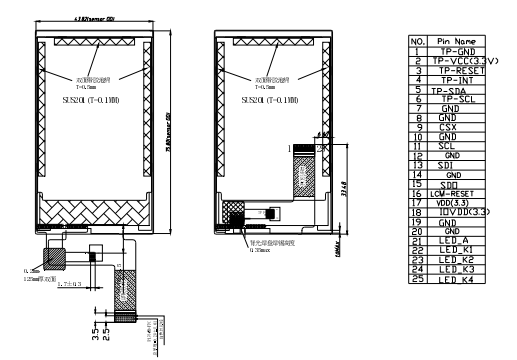
Advantages
- Low-cost interface.
- Low power consumption.
- Easy to implement.
Disadvantages
- Limited bandwidth and color depth.
- Limited resolution.
- Limited compatibility with advanced features like touchscreens and advanced graphics.
TTL (Transistor-Transistor Logic) interface
TTL interface, namely RGB interface, it uses a parallel bus to transfer data, control, and power signals between the display and the host device.
It is commonly used in mid-range applications, such as automotive displays, medical monitors, and gaming consoles.
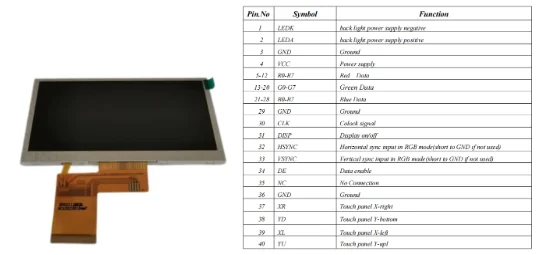
Advantages
- Higher bandwidth and color depth compared to MCU and SPI interfaces.
- Easy to implement.
- Suitable for medium-sized displays with moderate resolution and color depth.
Disadvantages
- Higher power consumption and pin count compared to SPI interface.
- Limited compatibility with advanced features like touchscreens and advanced graphics.
- Limited distance.
LVDS (Low-Voltage Differential Signaling) Interface
LVDS interface uses a differential bus to transfer data, control, and power signals between the display and the host device.
It is commonly used in high-end applications, such as industrial displays, military displays, and aerospace displays.
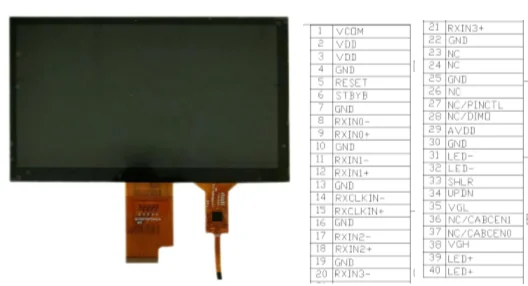
Advantages
- High-speed interface with high bandwidth.
- Low power consumption and electromagnetic interference.
- Suitable for large displays with high resolution and color depth.
Disadvantages
- Complex interface with specialized drivers and receivers.
- High pin count.
- Limited compatibility with some microcontrollers and processors.
MIPI (Mobile Industry Processor Interface)
MIPI namely DSI (Display Serial Interface) interface, uses a differential bus to transfer data, control, and power signals between the display and the host device.
It is commonly used in high-end applications, such as smartphones, tablets, and laptops.
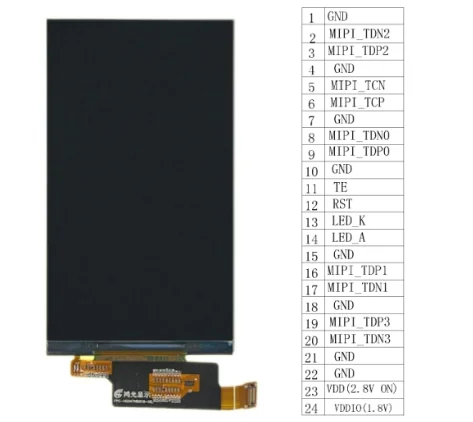
Advantages
- High-speed interface with high bandwidth and color depth.
- Low power consumption and electromagnetic interference.
- Suitable for large displays with high resolution and color depth.
Disadvantages
- Complex interface with specialized drivers and receivers.
- High pin count.
- Limited compatibility with some microcontrollers and processors.
EDP (Embedded DisplayPort) Interface
EDP interface uses a differential bus to transfer data, control, and power signals between the display and the host device.
It is commonly used in high-end applications, such as gaming monitors, professional displays, and digital signage.
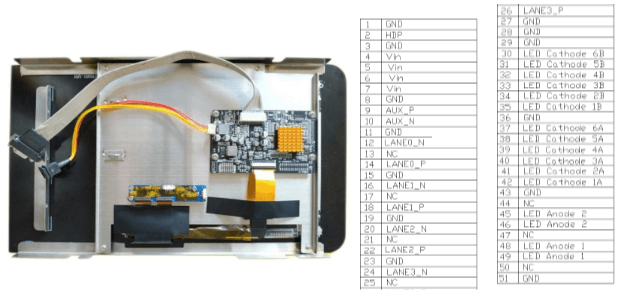
Advantages
- High-speed interface with high bandwidth and color depth.
- Low power consumption and electromagnetic interference.
- Suitable for large displays with high resolution and color depth.
Disadvantages
- Complex interface with specialized drivers and receivers.
- High pin count.
- Limited compatibility with some microcontrollers and processors.
Conclusion
In summary, there are several interface standards available for TFT LCDs, each with its advantages and disadvantages.
The choice of interface depends on the application requirements, cost, and performance.
Low-end applications may use MCU or SPI interfaces, mid-range applications may use TTL interfaces, and high-end applications may use LVDS, DSI, or EDP interfaces.
The interface selection can have a significant impact on display performance and cost, and it is essential to consider the trade-offs carefully.

